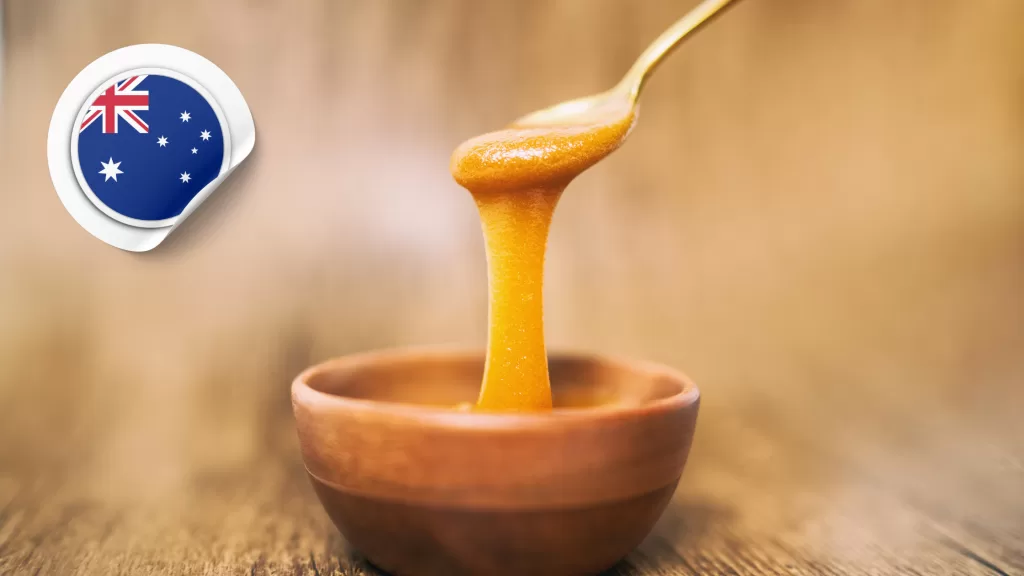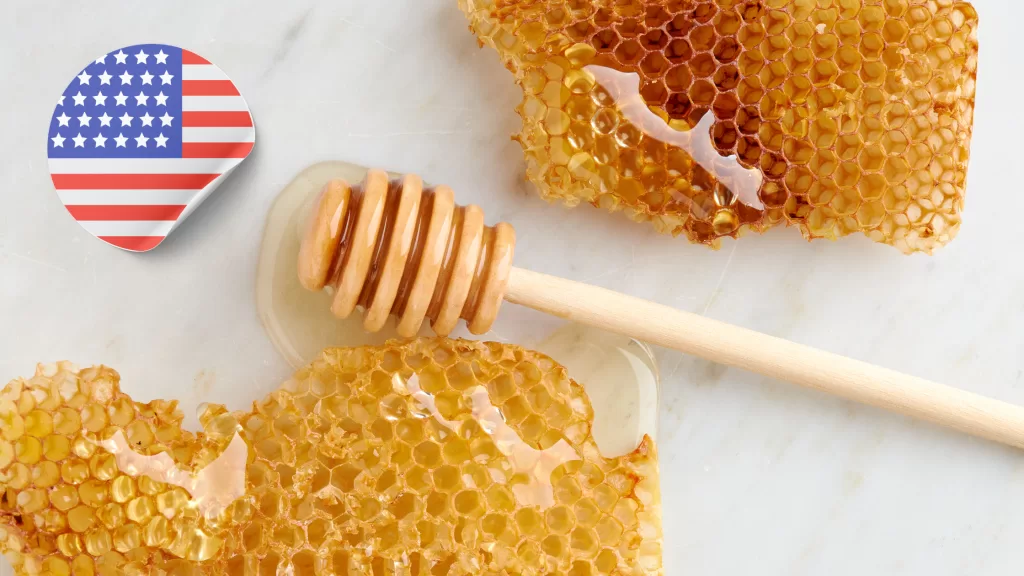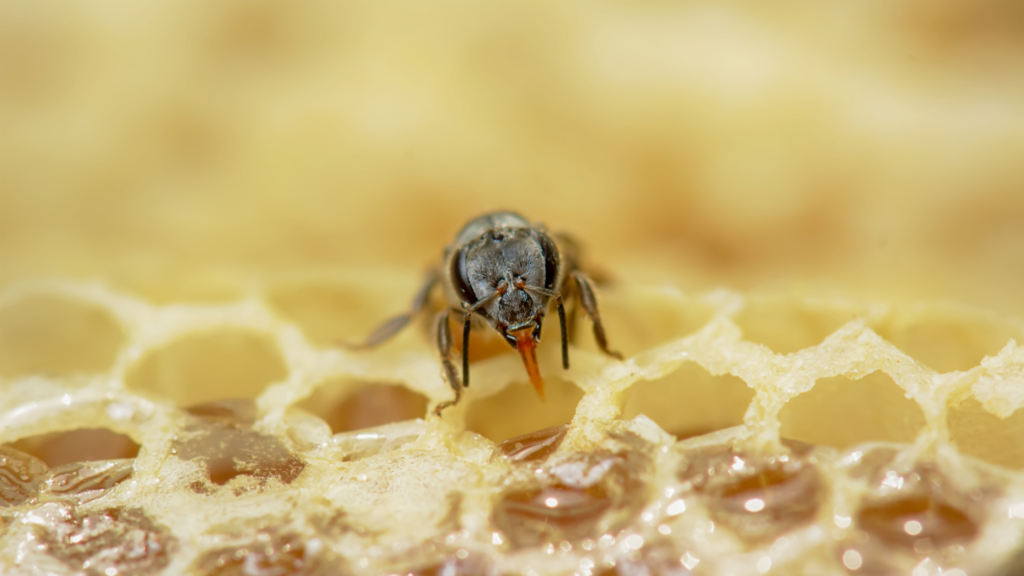Different Forms of Honey
Different Forms of Honey
Honey, nature’s golden elixir, comes in a delightful array of forms. Each form possesses its own unique characteristics, making it a versatile ingredient and a treat for the taste buds. Let’s delve into the diverse world of honey and discover the various forms it takes, each offering a distinct flavor, texture, and culinary experience.
Honey is packed with antioxidants, including phenolic compounds like flavonoids and organic acids. These antioxidants help protect the body from oxidative stress caused by free radicals, which can contribute to chronic diseases and aging. The presence of antioxidants in honey may help reduce the risk of heart disease, certain types of cancer, and promote overall health.
Comb honey is a true testament to the beauty of the honeycomb itself. This form of honey is pure, unaltered, and presented as it is found in the hive, encapsulated within the beeswax comb. Comb honey boasts a unique texture, with each bite offering a burst of natural sweetness. It is often enjoyed spread on fresh bread or paired with cheese for an exquisite culinary experience.
Also known as whipped honey or spun honey, creamed honey has a smooth, creamy consistency that is easy to spread. It is made by controlling the crystallization process, resulting in a velvety texture and a luscious mouthfeel. Creamed honey is a popular choice for spreading on toast, biscuits, or scones, and its luxurious texture makes it an excellent addition to desserts and pastries.
Raw honey is pure, unfiltered, and unprocessed honey straight from the beehive. It is neither heated nor pasteurized, preserving its natural enzymes, antioxidants, and nutritional benefits. Raw honey often exhibits a thicker consistency and may contain traces of pollen, propolis, and beeswax, contributing to its distinct aroma and flavor. It is highly sought after by health enthusiasts and used as a natural sweetener, immune booster, and soothing remedy.
Infused honey offers a delightful fusion of flavors, blending the sweetness of honey with the essence of various ingredients. Common infusions include herbs like lavender, rosemary, or thyme, as well as spices like cinnamon or ginger. The infusion process imparts unique aromatic notes to the honey, making it a versatile ingredient for both sweet and savory dishes. Infused honey adds a gourmet touch to culinary creations, enhances beverages, and serves as an exquisite topping for desserts.
Crystallized honey, also known as granulated honey, undergoes a natural process where the sugars in the honey form fine crystals. The resulting texture is smooth and spreadable, similar to that of a creamy spread. Crystallization does not affect the taste or quality of honey and is an indication of its purity. Some people prefer the delightful graininess of crystallized honey and enjoy it as a spread or a natural sweetener for hot beverages.
Specialty honey refers to unique varieties of honey sourced from specific plants or regions, each offering distinct flavors and properties. Examples include Manuka honey, prized for its antibacterial properties; Acacia honey, known for its light and delicate flavor; or Buckwheat honey, renowned for its rich, robust taste. Specialty honeys provide an opportunity to explore the nuances of honey, appreciate regional differences, and indulge in extraordinary taste experiences.
The world of honey is a treasure trove of flavors and textures, with each form of honey offering a distinct sensory experience. From the smoothness of liquid honey to the creaminess of whipped honey, and the pure bliss of comb honey, every variation has its own allure. Whether you’re savoring the richness of raw honey or indulging in the unique infusions of flavored honey, each form adds its own sweetness to culinary creations and brings joy to every honey lover’s palate. Embrace the diversity of honey and let its myriad forms enchant your taste buds.
More From The Hive:

A Comprehensive Guide to Australian Honey: Types, Production, and Benefits
Australia is home to some of the world’s finest honey, known for its unique flavors, exceptional quality, and health benefits. Thanks to its diverse flora and pristine natural environment, Australia produces honey that reflects the rich biodiversity of its landscapes. Whether it’s the famous Manuka honey from the Leptospermum trees

An In-Depth Guide to Honey in the United States of America (USA): Types, Production, and Benefits
Honey, one of nature’s sweetest treasures, has been an integral part of human diets and cultures for thousands of years. In the United States of America (USA), honey production is not only a thriving industry but also a testament to the country’s diverse ecosystems. From the tropical blossoms of Florida

The Small Honey Bee (Apis florea): A Comprehensive Guide to One of Nature’s Tiny Pollinators
The Small Honey Bee, scientifically known as Apis florea, is one of the lesser-known species of honey bees, yet it plays a vital role in the ecosystems of Asia and parts of the Middle East. Despite its size, the Apis florea bee is a remarkable pollinator, and its unique biology

Exploring the Sweet Diversity of Canadian Honey: A Guide to Types and Flavors
Canada is home to a rich tapestry of landscapes and climates, each contributing to the unique flavors and types of honey produced across the country. From the prairies of Alberta to the forests of British Columbia, Canadian honey reflects the diverse flora that bees visit. In this blog, we will

The Rock Honey Bee (Apis laboriosa): Guardians of the Himalayan Honey
The Rock Honey Bee (Apis laboriosa) is an awe-inspiring species that thrives in the rugged landscapes of the Himalayas, where it builds massive nests on vertical cliffs. Known for producing highly prized wild honey and for its ability to endure extreme mountain conditions, this bee species has captivated researchers, beekeepers,

The Giant Honey Bee (Apis dorsata): Nature’s Fearless Honey Maker
The Giant Honey Bee, scientifically known as Apis dorsata, is a remarkable species native to South and Southeast Asia. Known for its impressive size, bold temperament, and incredible honey-producing capabilities, this bee plays a crucial role in the ecosystem and supports human livelihoods. Despite its importance, the Giant Honey Bee
